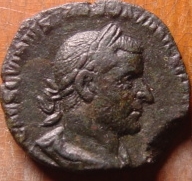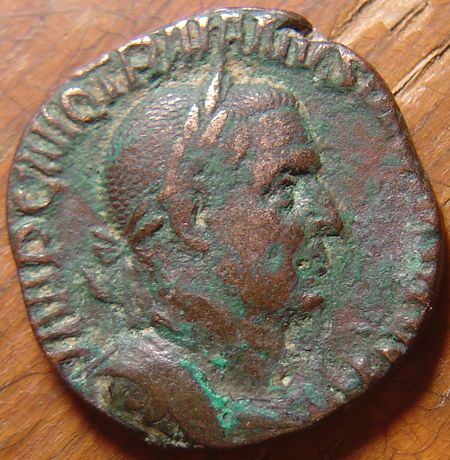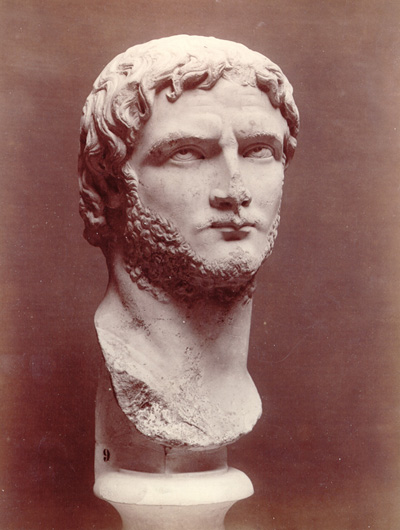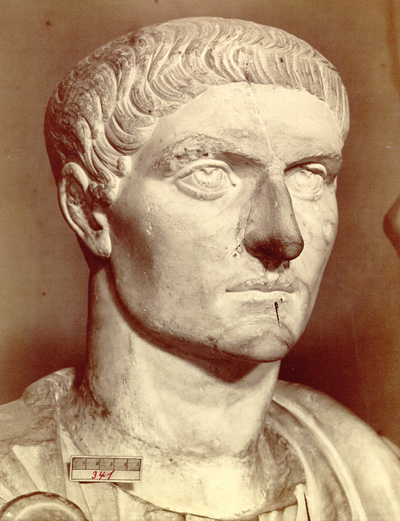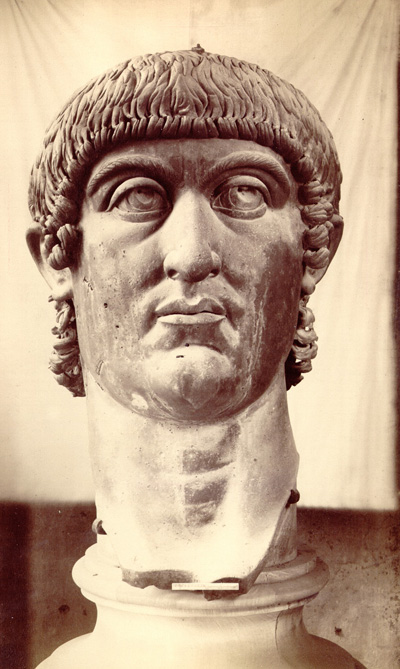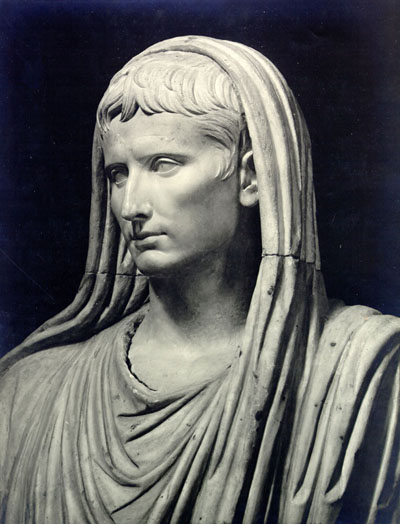
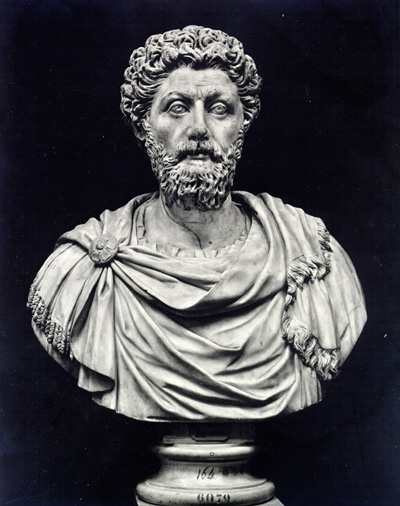
Classical
Early imperial portraits were often of Greco-Roman style. The emperor was portrayed with a serene near-angelic look of power and benevolence (except perhaps Lucius Verus). Coins sometimes show these emperors in heroic bust style, sporting muscles that they probably didn't have.
Augustus, Marcus Aurelius, Hadrian, Sabina.
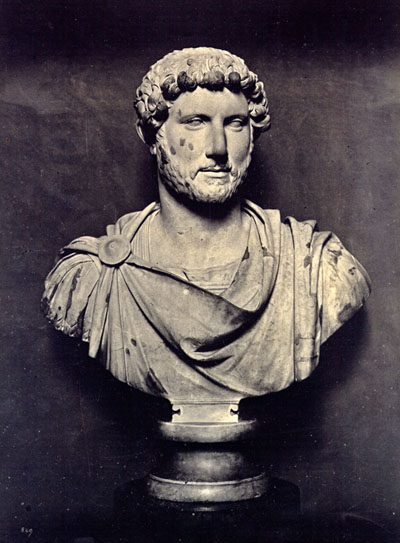
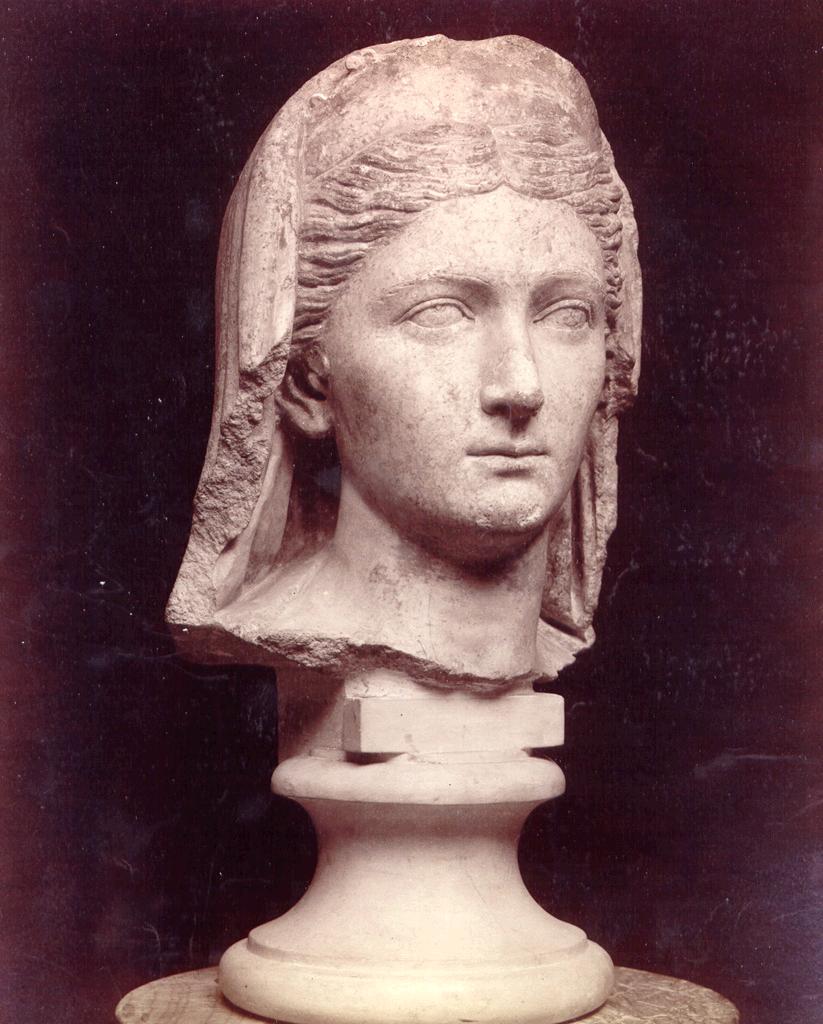
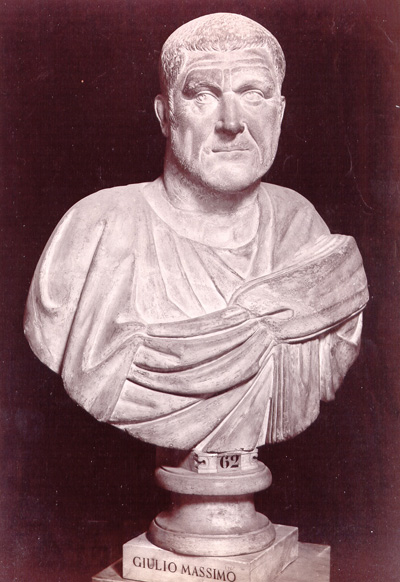
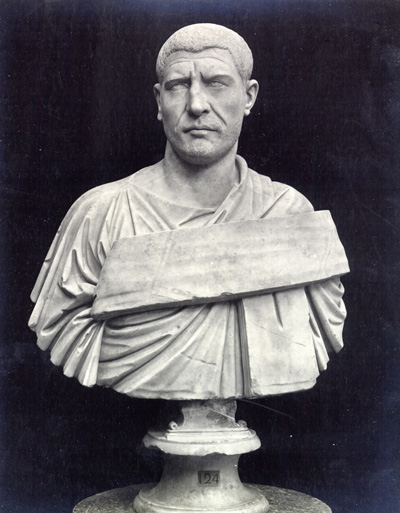
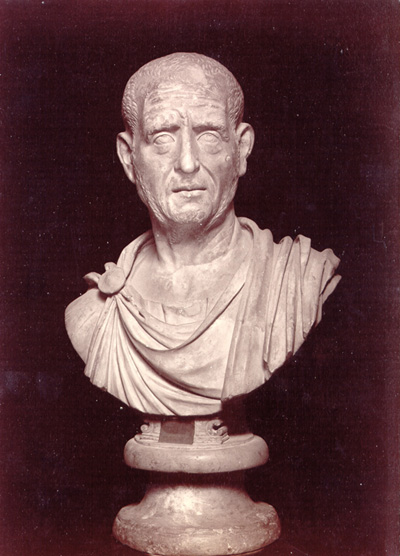
Impressionistic
In contrast to Greco-Roman godlike portraits, it became the fashion of the mid third century to portray emperors in impressionistic style. Instead of supreme calm and wisdom, their faces showed asymmetrical expressions such as having one eyebrow might be raised. The third century emperors portraits show concern, and the strain of their position and they looked truly human. The marble bust and bronze coinage of this period are to me, the pinnacle of Roman art.
Was it the invasions of Goths and Persians, the Plague, and the civil wars showing the stress of the times through art as some have suggested? Not likely; art doesn't walk in lock-step with every turn of history, and the 260's were no easier time for the Romans, but art to a another turn under Gallienus that that had nothing to do with the character of history.
Top row: Maximinus, Philip, Trajan Decius
Bottom row: Trebonianus Gallus, Trajan Decius
